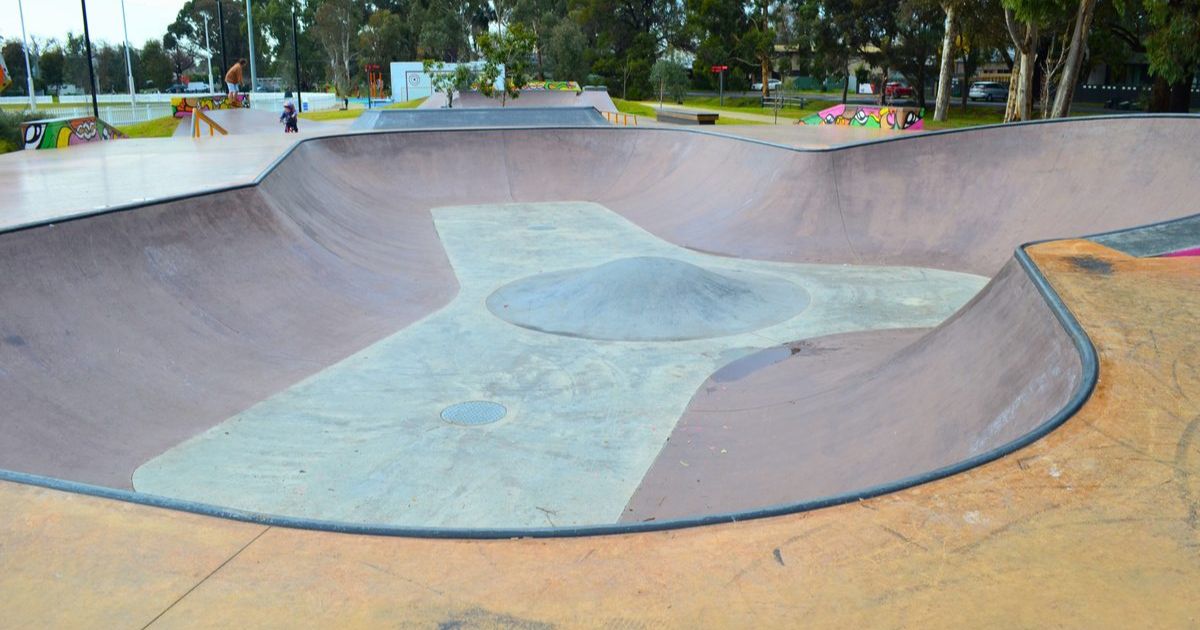Striking gold history in Canadian

Round and round: Colin Holmes stands on the old pudder site’s central island, with its circular trench visible to the left. Photo: EDWINA WILLIAMS
AS a teenager, Colin Holmes would search creeks for gold, hoping to generate a bit of pocket money.
Decades later, the Friends of Sparrow Ground historical officer has had a ‘eureka’ moment of a new kind while walking his dog.
Mr Holmes has spotted what he expects is the site of an old gold puddler in Canadian, installed to retrieve gold from the “muddy and sticky” clay.
Opposite Sparrow Ground Reserve and about 20 metres back from the north-east corner of Spencer and Richards Streets, a trench and central island are hidden by bushland growth, but clearly defined at close inspection.
“The puddler is inconspicuous and I only stumbled on it by chance. It’s in an unused, secluded corner that must have been filled in years ago,” he said.
“It’s about 10 metres in diameter, a metre deep in the circular trench and the central island for the pivot is three metres in diameter.
“A large stone wheel or two would have been on an axel attached to the central pivot, and it would have been horse drawn.”
Mr Holmes thinks two water races were fed from Pax Hill’s higher ground, and via a holding dam, as some connecting channels are still visible, although eroded and interrupted.
When he moved into the Ballarat East-Canadian area, he spoke to elderly residents about the history of Pennyweight Gully and Grass Tree Creek.
He said their ancestors had passed stories down about mining action in the vicinity pre-1854 and that the puddler could even be an “original relic survivor…of the dreaded licence hunts.”
Historian, Doug Bradby, the author of mining series, The Astonishing History of Ballarat said he would be surprised if the puddler existed pre-1854.
“This is an area that was reworked, reworked and reworked, and rewashed, rewashed and rewashed, off and on for 40 to 60 years, so it could date as late as The Depression,” he said.
“Puddlers are on the surface, so we’re not dealing with great depths. But this sounds like a reasonable sized one, not two blokes with a wheelbarrow; it’s more than that.
“They were associated with an enormous amount of difficulties with sludge. You ended up with a very thin soup, mixing the leftover clay with water.”
Mr Bradby said it’s difficult to pinpoint who built and operated the puddler but it could “very well be” the technology of the goldfields’ Chinese miners.
“They were better with water; that was their speciality. Ballarat East was the heart of the Chinese mining community in Ballarat.”
Whatever the true story behind the site is, Mr Holmes sees a valuable piece of “pure history.”
“I suggest an area name of Sparrow Puddler Ground and a laminated photo board at the roadside. I don’t think others realise this is here. I think it’s been forgotten over the years,” he said.
“I think it should be dug out where they’ve pushed earthworks in over it. It could do with a bit of a clean-up.”


















